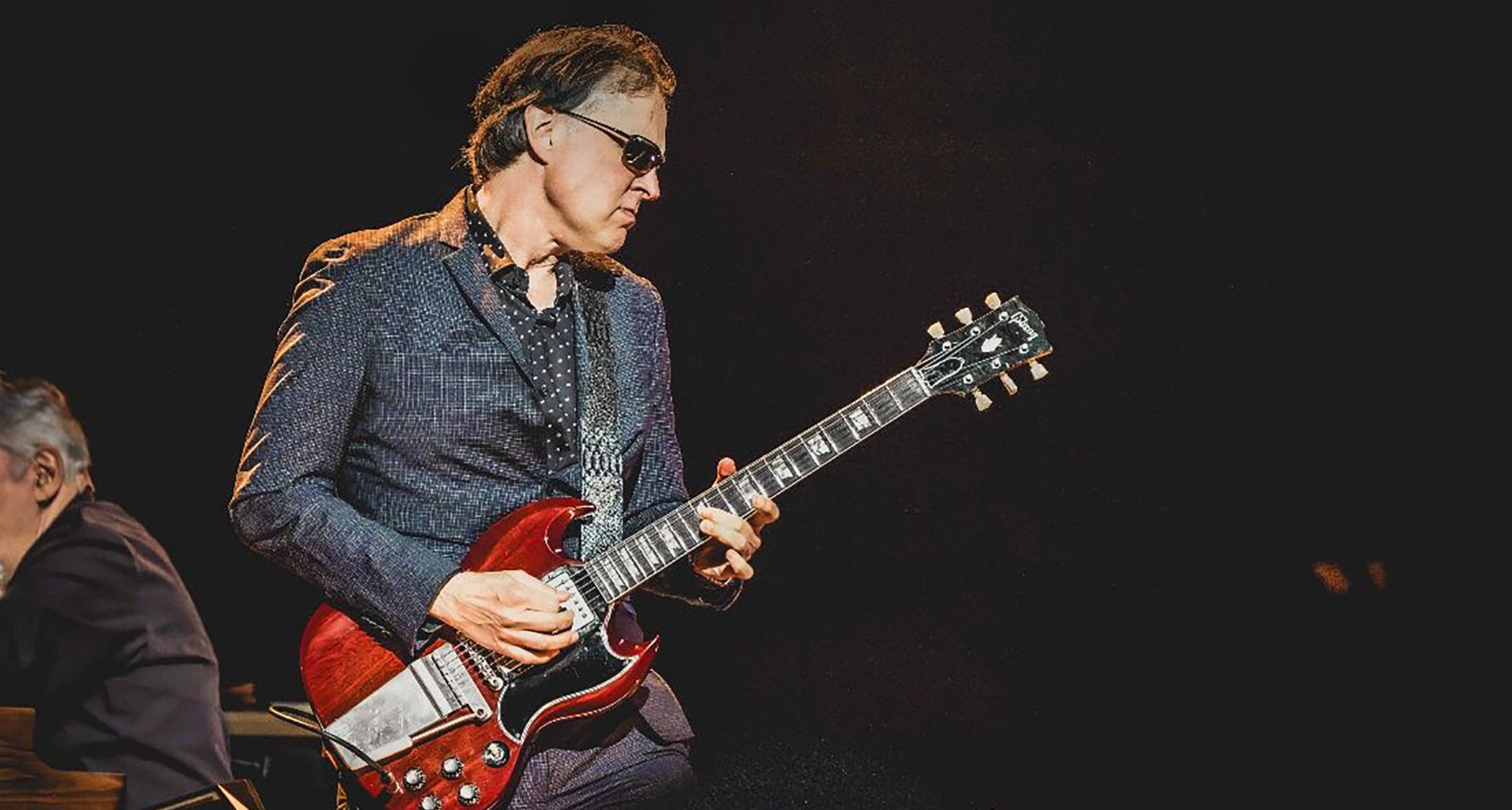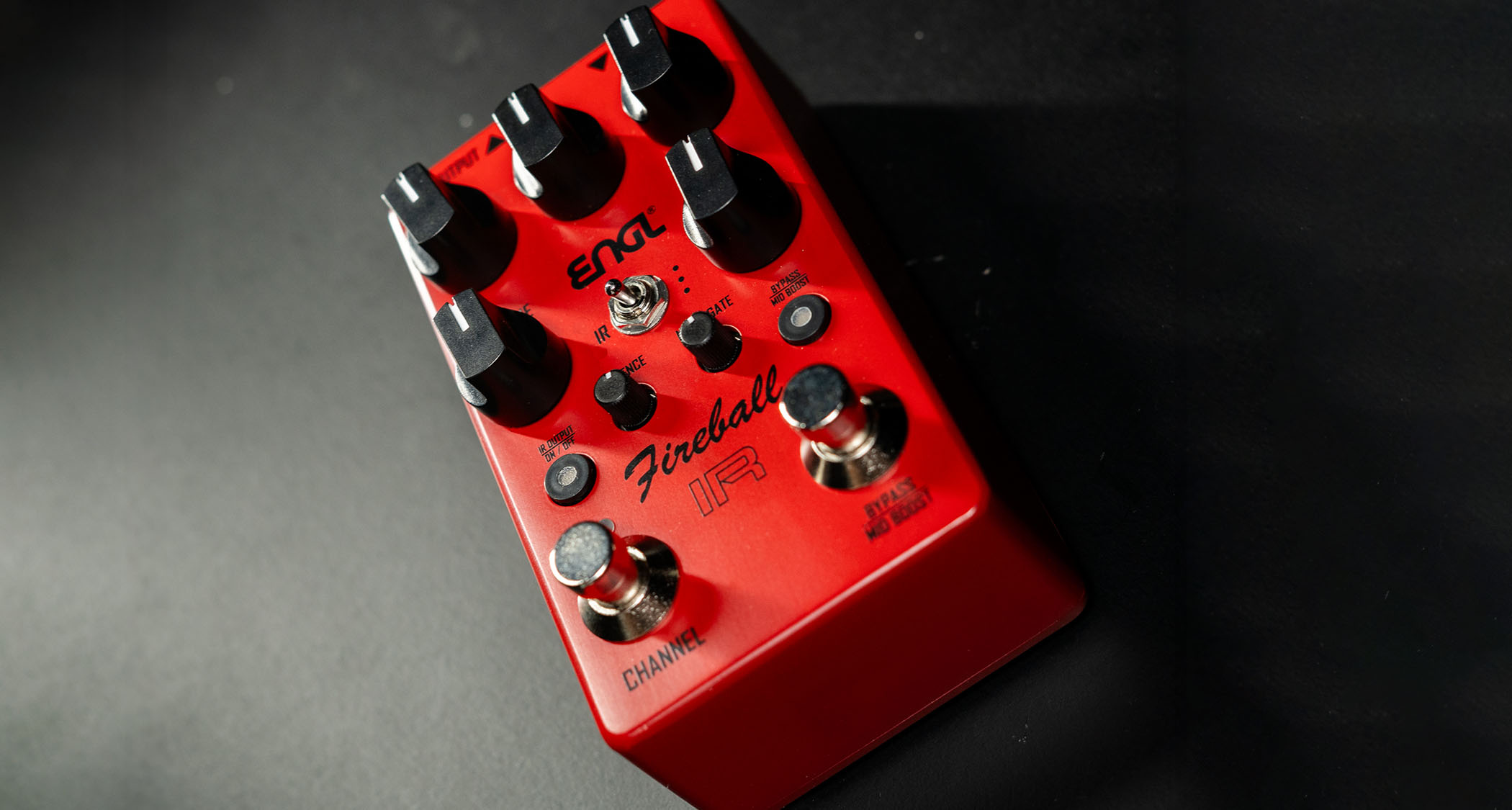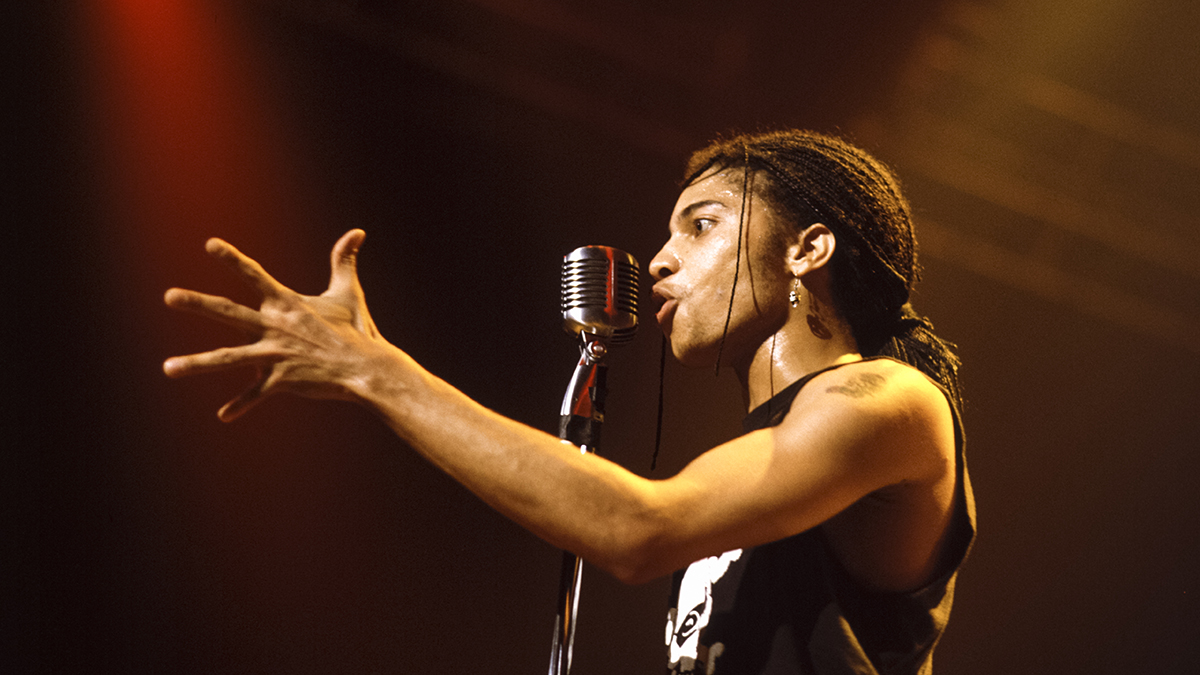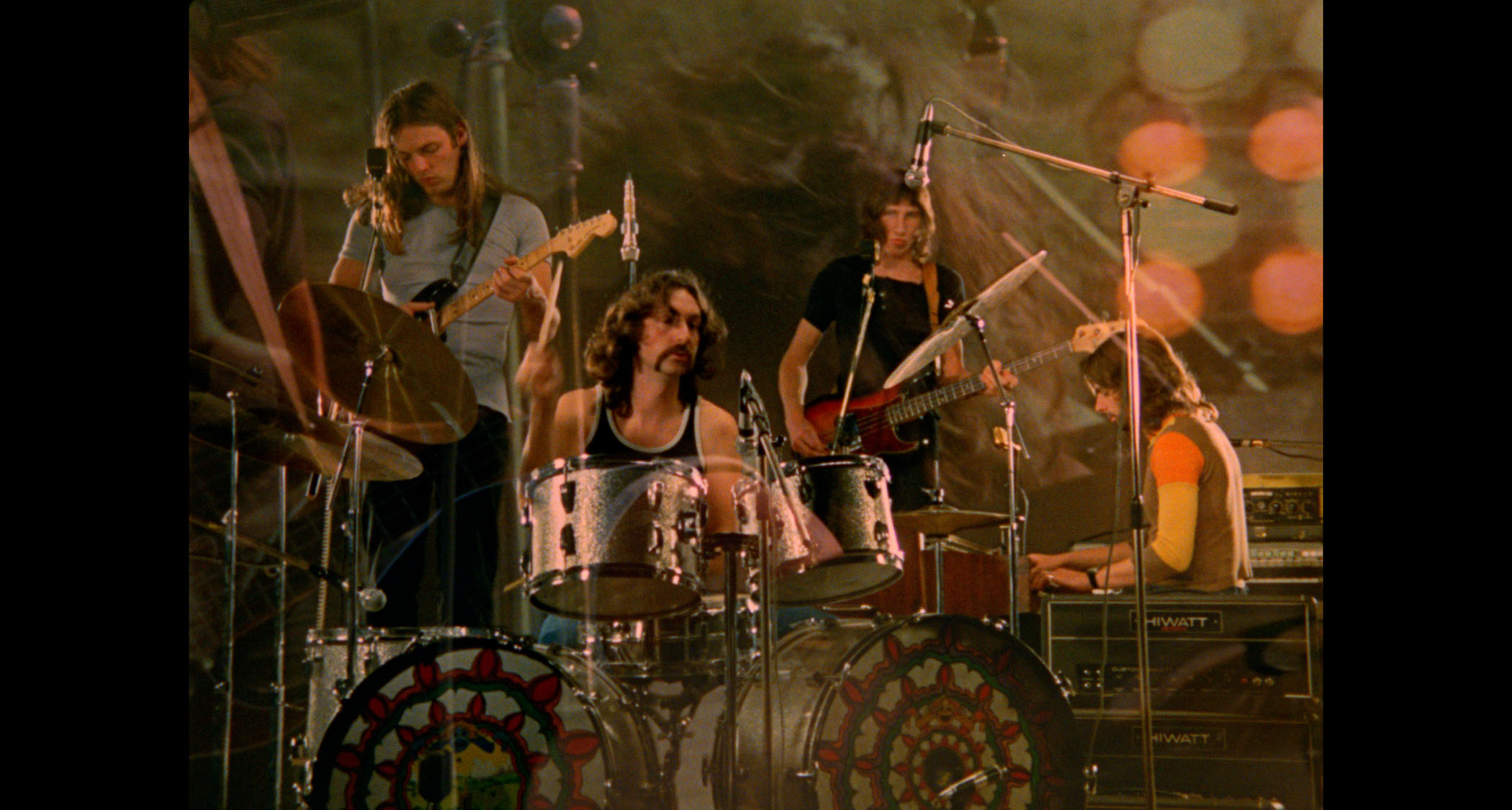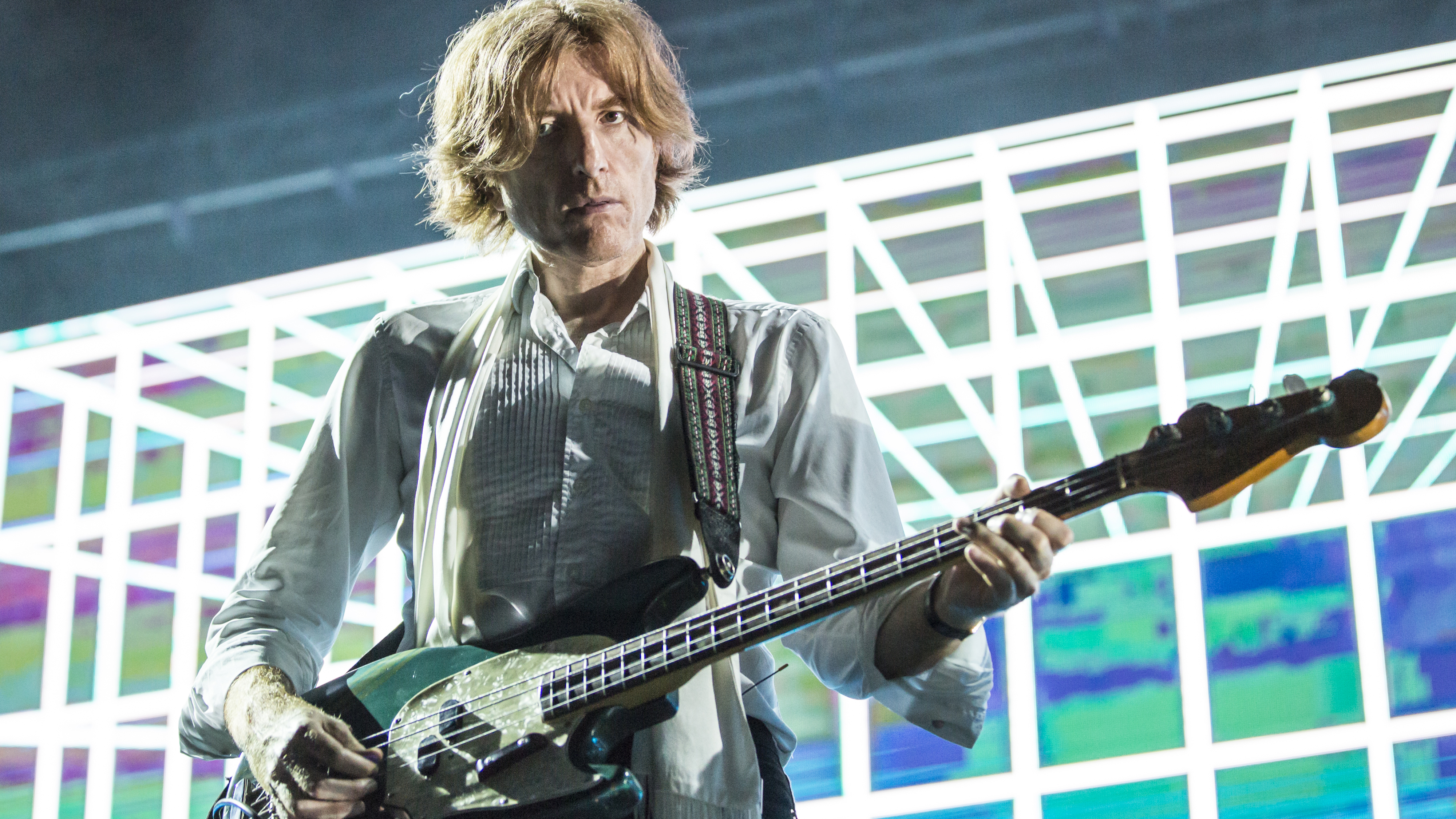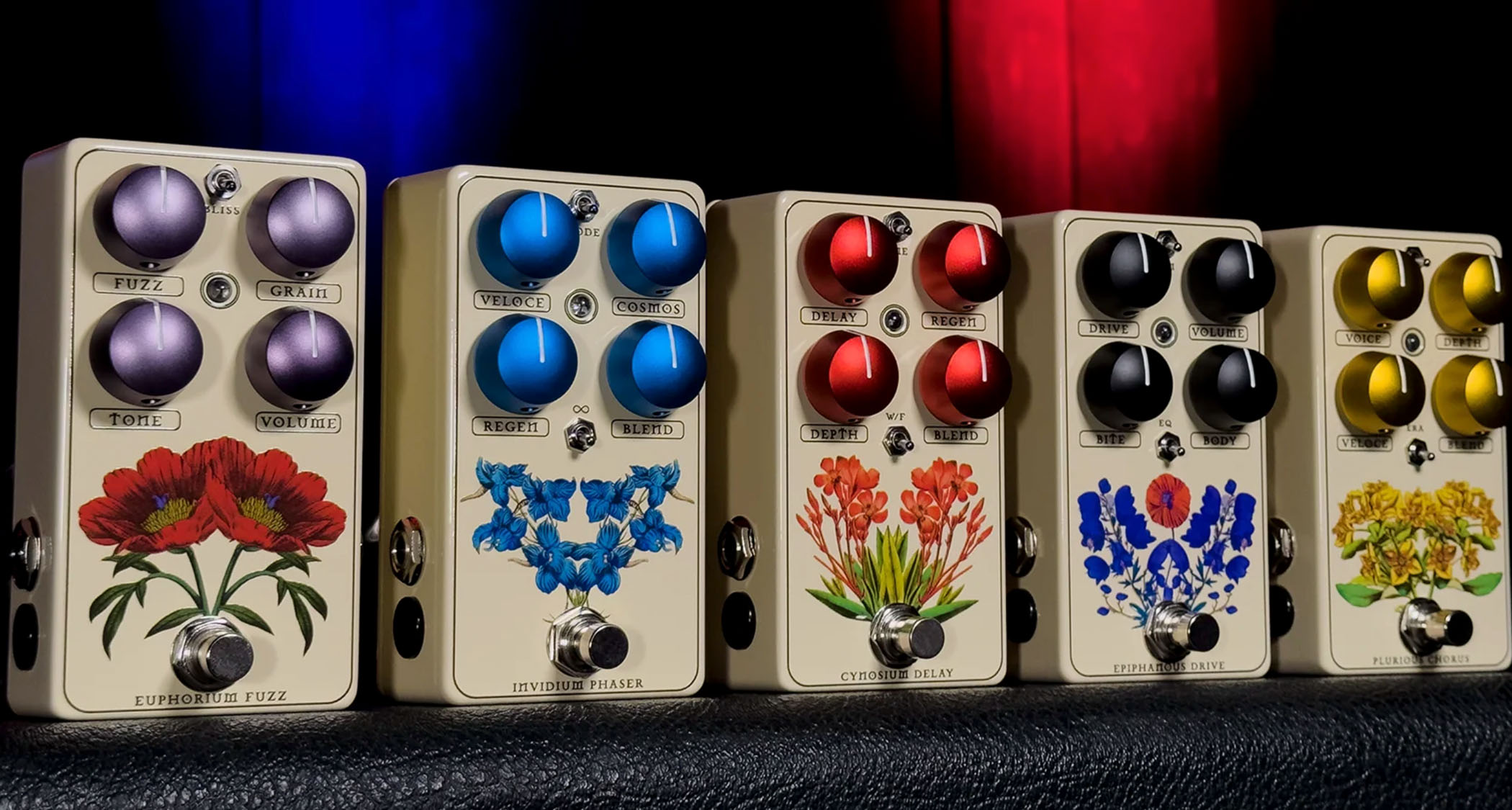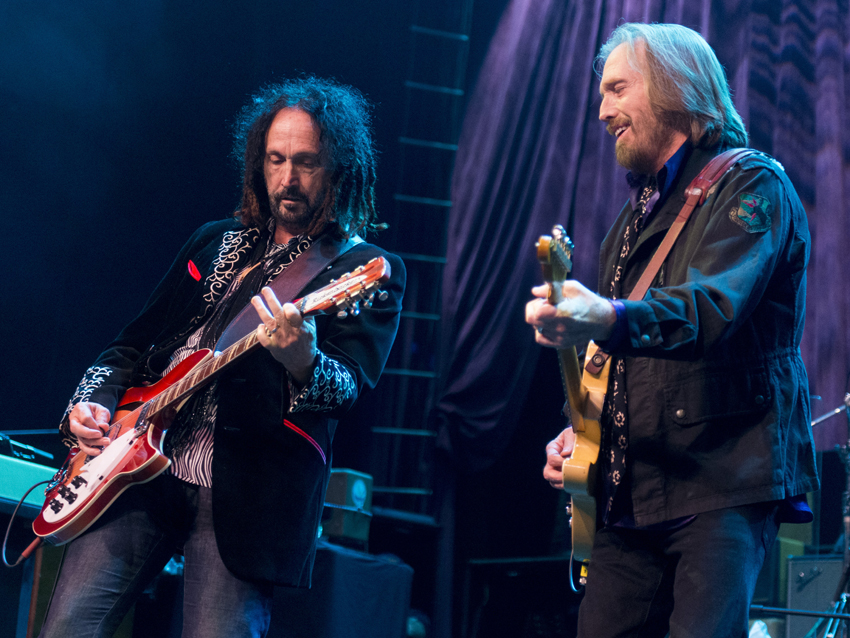
Ryan Ulyate on recording Tom Petty And The Heartbreakers' Hypnotic Eye
Four years after the Chicago blues-based sound of Mojo, Tom Petty And The Heartbreakers return with a defiantly edgy and fiercely rocking vengeance on Hypnotic Eye, due out on July 29. Recorded over a three-year period at the band's Los Angeles rehearsal space/recording facility, The Clubhouse, and at Petty's Malibu home studio, Shoreline Recorders, the album sees Petty, guitarist Mike Campbell, keyboardist Benmont Tench, bassist Ron Blair, drummer Steve Ferrone and multi-instrumentalist Scott Thurston joyfully recalling the youthful rush of the band's early discs while reveling in fresh pockets of sonic textures.
Since 2005, Ryan Ulyate has served as engineer for Petty and the Heartbreakers – on Hypnotic Eye, as on Mojo, he also functioned as co-producer along with Petty and Campbell. Ulyate spoke to MusicRadar from his Topanga Canyon studio (inventively called Ryan's Place) about his relationship with the band, the tools they use and how one of this year's most essential listening experiences came together.
How has the way you work with the band evolved over the years?
“I started out as an engineer on the Highway Companion album, which was produced by Jeff Lynne with Tom and Mike. At that point, I was mixing as well as engineering, so it just kind of evolved. After that album, Tom asked me to do a few things, and then we got involved with the Mudcrutch project. At the end of that, I suddenly became a co-producer.
“Basically, you’re an engineer until you make a suggestion and somebody listens. [Laughs] Then, hopefully, you get to be a co-producer. It’s been great for me because they’re such great people. I have so much respect for Tom and everybody in the band. I get to make a comment and they listen to it. To me, that’s thrilling. But I think that just comes after you’ve hung out with people long enough and there’s a matter of trust. You just grow into it.”
Would any comments you make concern the songs themselves? Do you have input into the arrangements?
“Yeah, I get to do that stuff now. [Laughs] We talk about ‘How’s this drum part working? How’s this bass part – does it fit?’ They’ve been really generous and let me make comments about that. I’m really happy with my role and what I get to do.”
The album took three years from start to finish. What’s the overall process – recording, reviewing, re-recording, more songs written – until it’s decided that the album is done?
“The process is, Tom writes some songs, and then we go in and record them. He puts a lot of thought into his songs and takes a lot of care with his writing. He’s not the kind of guy to toss off 12 songs so we can just record them. When we started this record, he had three tracks that he’d just written, so we wanted to get those down. I’ll tell you, it’s such a joy to show up in the studio and at the end of the day have some music that didn’t exist before. It’s just the greatest thing in the world.
“Those first three songs were a little bit more in the bluesy vein of Mojo. We recorded them live off-the-floor, like Mojo, and then we took a break. I think they might have gone on the road for a time – they have touring and other stuff to do. When everybody came back, Tom had a different batch of songs and things look a left turn.
“We did that batch, took some more time off, and then we did another batch. So it wasn’t non-stop recording – we did stuff, took breaks, did more stuff, and like that. After a while, we started to realize what this album was, that it wasn’t an extension of Mojo; it was more of a rock album that we were making.
“It was interesting in that Tom would write songs, and we'd let the music kind of lead us in the direction that it wanted to go. Tom didn’t really sit down and say, ‘OK, today we’re making an album, and it’s gonna be like this.’ We were recording songs and seeing where they were headed.”
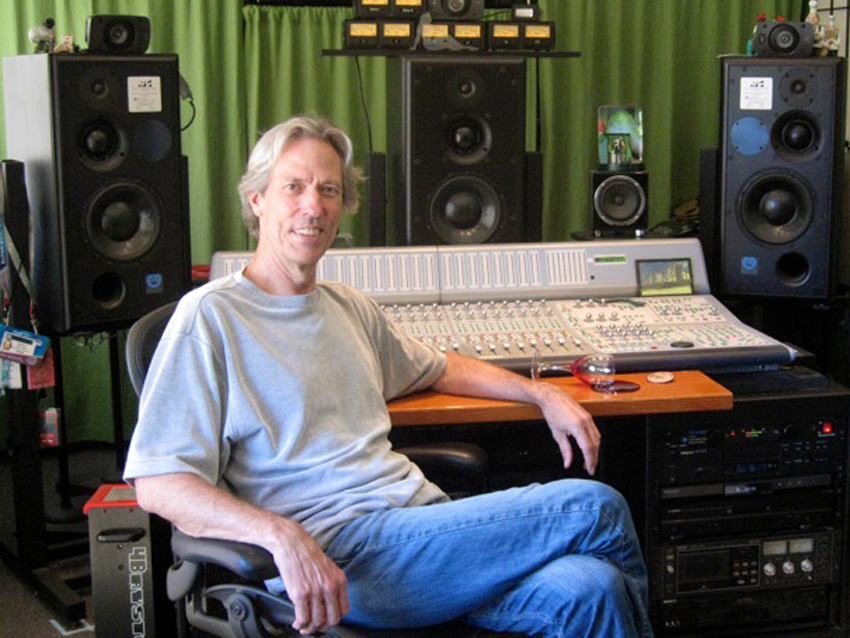
Ulyate at his home studio, Ryan's Place
You recorded the album at The Clubhouse and at Tom’s home studio, Shoreline. Are there specific advantages to one over the other?
“The Clubhouse is basically the main place. We set that up with the Mudcrutch album; it’s where they keep their gear and go to rehearse. There’s guitars everywhere – on the walls, in the corners, all over. It’s sort of the history of guitars in one room. Anybody who walks in there is just floored. So we set that place up for the Mudcrutch album, and then with Mojo we got a little more refined. We took one of the extra rooms, did an acoustic treatment on it and made a control room out of it.
“The Clubhouse is great because since it’s set up for rehearsals; it’s got a full monitor system with wedges and everything – like you’d use to rehearse for a tour. So when we record there, we don’t use headphones, and what’s nice about that is, it allows the guys to really play off of one another. They play in a different way when they don’t have headphones on; all of a sudden, they're a band and they’re really performing. I’ve managed to deal with the leakage to the extent that we can get an acceptable record out of it, and the benefit is that the guys are playing in a different way, so it works out.
“The Clubhouse is a really good place where everybody can come together and get a vibe. Tom can come in with a song, play it for the band on a guitar, and we can take it from there. I clocked it once: From the time Tom presented a song to the time that we got a first take, it was something like 45 minutes. So I sit there and think, ‘It’s just ridiculous how good these guys are.’ [Laughs] Which isn’t to say that we don’t go back and listen and refine, because we do.
“The Clubhouse gives us a lot of freedom to be really loose with the arrangements and feel things out. The guys aren’t even aware of what I’m doing. Greg Looper, the guy who’s running monitors for the band in the main room, is also sending me stuff through the Digidesign board to my Pro Tools rig. So I’m able to sit there and worry about it sounding like a record; I don’t have to worry about ‘Oh, does Steve Ferrone have enough kick in his cans?’ I’m not even dealing with monitor mixing; I’m just dealing with what I’m hearing.
“It’s really a lot of fun. The guys are out there making one thing, but then they come in the control room and hear something else: ‘OK, here’s what it sounds like if it’s a record.’ You watch their faces go, “Oh!... I like that.’”
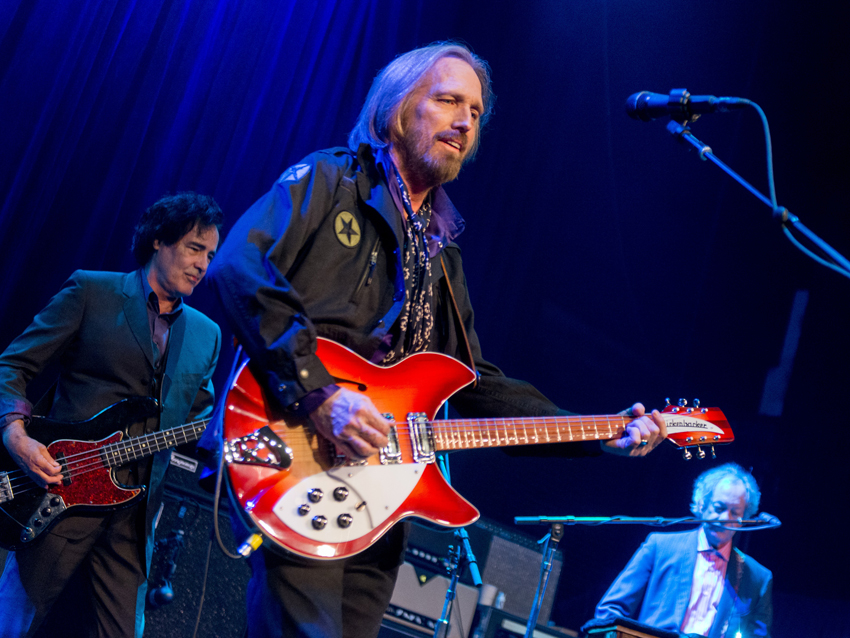
On Pro Tools
And what about Tom's place. Shoreline?
“We did a lot more of the vocals at Shoreline. We’d get the basic tracks done at The Clubhouse, and then we’d go to Tom’s house to work on the vocals. After Tom and I would get the vocals nailed down, it would be, ‘OK, what else do we need?’ At that point, any kind of overdubs – guitars, bass or something like that – we’d do at Shoreline, because it was just easier to get one person over there to do it.
“Shoreline became the overdub room, which isn’t to say that we didn’t do overdubs at The Clubhouse; sometimes after we’d cut a main track, we’d go back – Mike might do a solo, Ferrone would do some percussion. But generally, Shoreline was used for finishing touches, and The Clubhouse was for cutting main tracks.”
Your studio was used for mixing?
“That’s right – I do editing and mixing at my place. I made sure that Tom and I had the exact same Pro Tools rigs, with the same plugins, the same everything. I can take the drives over to my place – edit, mix, tweak, get it into some sort of presentable shape – and then take the drives to Tom’s place to do some more work over there. It’s a good little system we’ve got.”
And this is all Pro Tools? No tapes at all?
“All drives, all Pro Tools – it’s all in the box. It really has to do with the workflow. The idea of being able to open a mix and have it in front of you in a minute has given Tom a lot of creative freedom. He’ll go back and say, ‘You know, I’ve got a better line for the third line of the second verse.’ So we’d go back and drop it in. It made for a better album because it gave us the freedom to know that nothing was locked down. You can edit anything, so if you have an idea to make that verse that much better, you can do it. And every time Tom changed a line, the song got better.”
You never thought of using CLASP?
“No, no, I haven’t. I understand what it is – it’s tape and then it goes to Pro Tools – but I haven’t messed with it. We’re a little bit more lean and mean. The thing with us is, we wanna get it fast. I don’t want to do anything to slow things down, which means opening up a reel of tape. Tom gets an idea and it’s like, boom! – open it up, put up a mic and kaboom! – we’re done. That speed keeps the creative process going.”
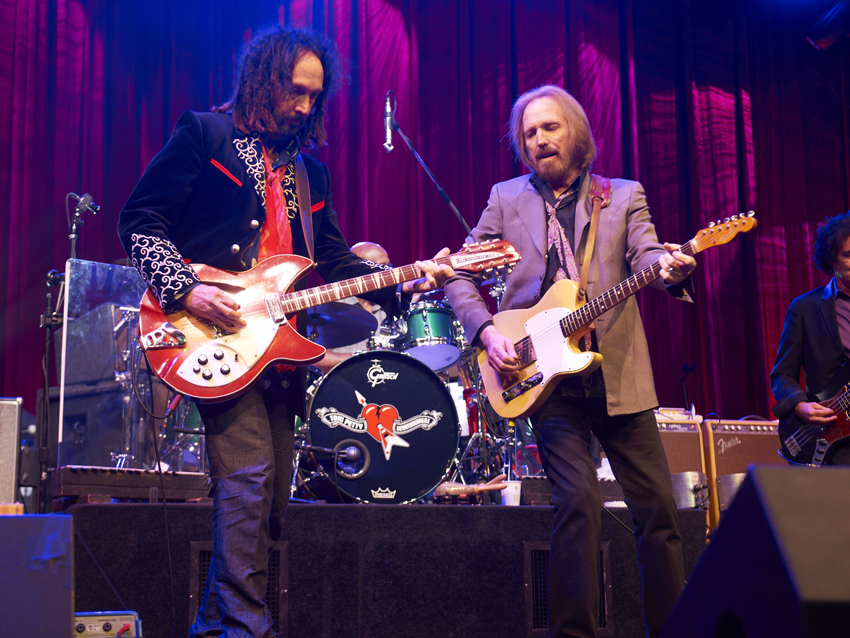
Surprises in the studio
What’s the recording setup in The Clubhouse?
“It’s the Avid live sound system called the Venue. All of the mics go through the Avid preamp and into the Venue, which Greg Lopper runs, and from there you can bus stuff with DigiLink cables from the preamp straight over to me in the control room and into Pro Tools. I get everything flat; any EQ on the basic tracks is done with plugins.”
Were there any surprises in making the record – songs that started out one way and changed into something else?
“Yeah, there were. On a couple of songs, we recorded the drums at Shoreline. In the middle of making the album, Tom got his home studio a little hipper and converted something that was a garage into a studio. It's a small, tight room, but they did a great job on the acoustics. So we did the drums to Red River and a song called U Get Me High at Tom’s place.
“If you listen to those songs carefully, you’re notice there’s a little less ambience. The Clubhouse is a big room – I can set the mics up and get a big, splat-off-the-wall sound. The Clubhouse sound is tighter. You might be able to hear it if you listen for it.
“Red River was cut in parts. Where it began to how it ended up is absolutely amazing. There’s a big riff that’s really cool, so we cut that at The Clubhouse. The verse and chorus were kind of OK, but it seemed as if they weren’t as good as everything else on the album. Tom went back and rewrote the verse and chorus. We had these big guitars that we loved for the riff, but we had to change things a bit. So it was a situation where we used the guitars from the Clubhouse for the big riff, but we wiped everything else out to create a new verse and chorus.
“It was a bit of a hodgepodge, and then there was the question of whether it would hang together. We brought Steve Ferrone in, and there was some thought about using the original drums, but we ended up redoing the drums for the whole record in Tom’s smaller room. And I’ll tell you, Red River came together like a mofo. [Laughs] It’s one of my favorite songs on the record. It has a sort of folksy thing, but then it goes into a classic Heartbreakers chorus, and then it’s got this really loud bit that goes into a spacey bridge – and it all works. It seems to encapsulate all of the stuff that we were doing on the whole record. And nobody predicted where it was going to go, which makes the end result sound pretty sweet.”
Tom Petty And The Heartbreakers' Hypnotic Eye will be released on July 29. You can pre-order the album at this link.
Joe is a freelance journalist who has, over the past few decades, interviewed hundreds of guitarists for Guitar World, Guitar Player, MusicRadar and Classic Rock. He is also a former editor of Guitar World, contributing writer for Guitar Aficionado and VP of A&R for Island Records. He’s an enthusiastic guitarist, but he’s nowhere near the likes of the people he interviews. Surprisingly, his skills are more suited to the drums. If you need a drummer for your Beatles tribute band, look him up.
“If they were ever going to do the story of Nero, probably the most decadent of all the emperors, they would have to use Roy Thomas Baker”: Tributes to the legendary producer of Queen, Alice Cooper, Journey and more, who has died aged 78
“A fabulous trip through all eight songs by 24 wonderful artists and remixers... way beyond anything I could have hoped for”: Robert Smith announces new Cure remix album
“If they were ever going to do the story of Nero, probably the most decadent of all the emperors, they would have to use Roy Thomas Baker”: Tributes to the legendary producer of Queen, Alice Cooper, Journey and more, who has died aged 78
“A fabulous trip through all eight songs by 24 wonderful artists and remixers... way beyond anything I could have hoped for”: Robert Smith announces new Cure remix album

